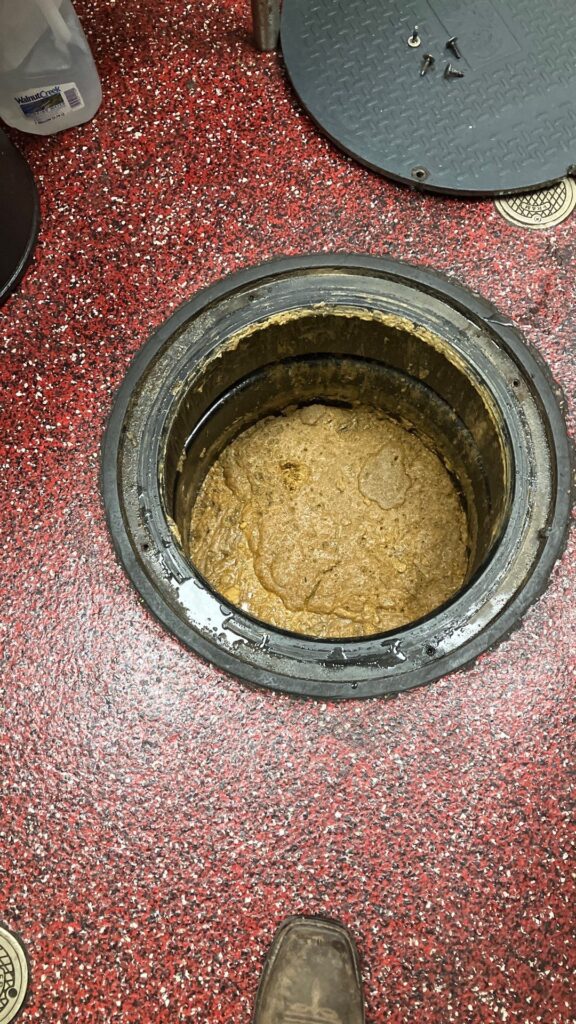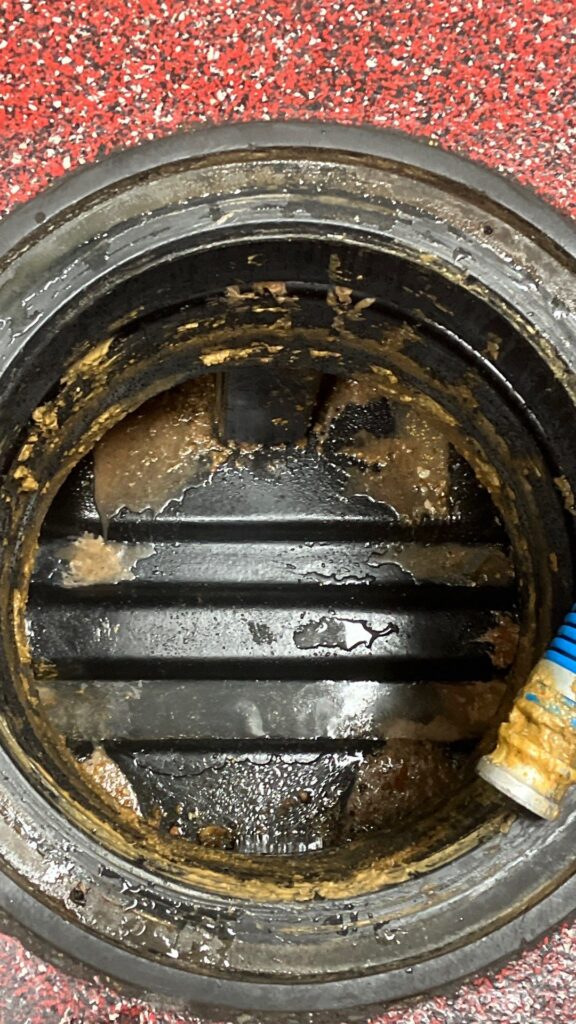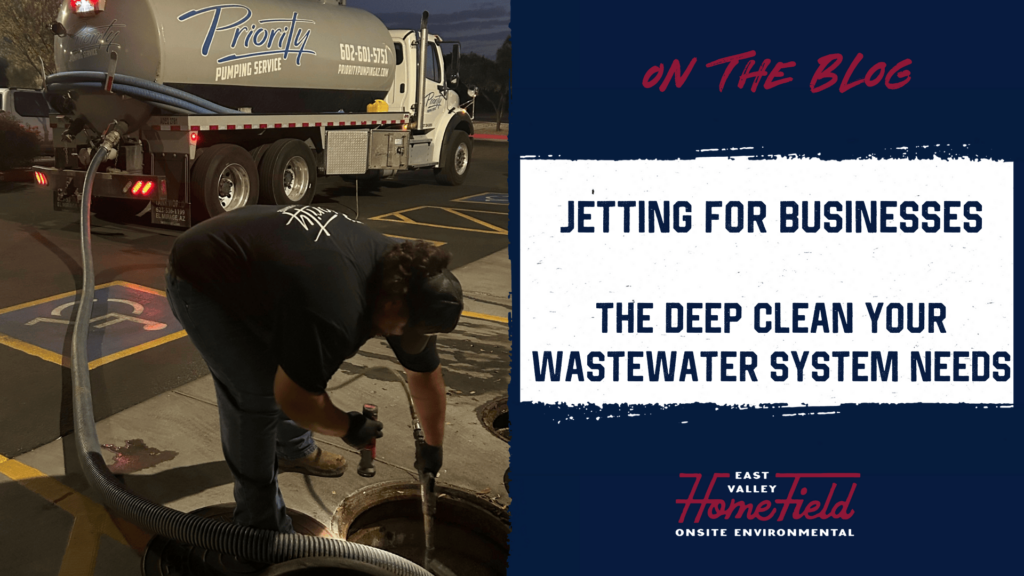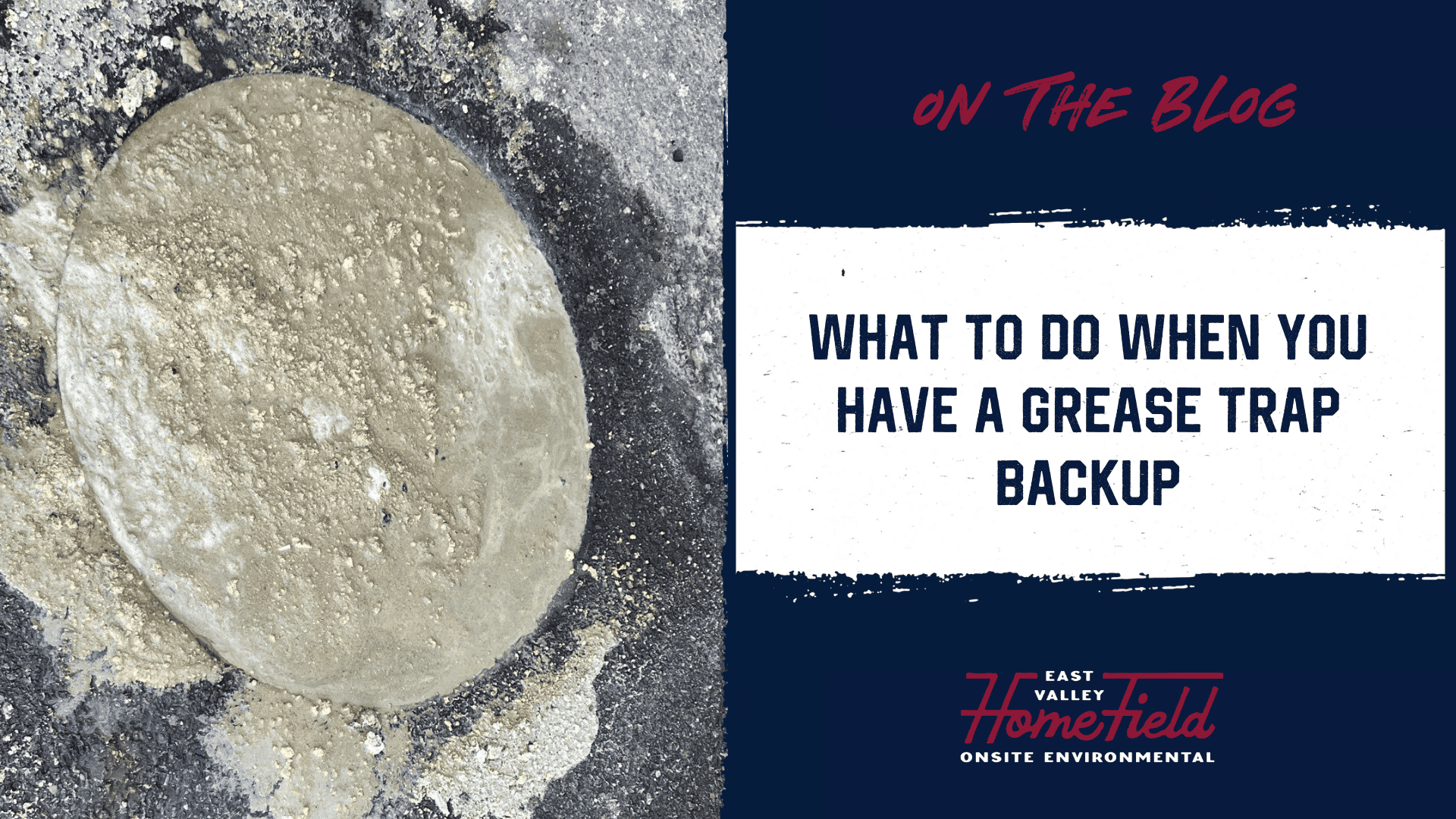
Grease Backups in Restaurants
September 22, 2025
A grease backup in a commercial kitchen is more than just an inconvenience. It can disrupt service, create unsafe working conditions, damage equipment, and even lead to costly health code violations. The good news is that most grease backups are preventable. And when they do happen, taking quick action can make all the difference.
Grease Backup Signs
Grease backups don’t happen overnight. They usually build up over time and give you warning signs before things get out of control. Watch for:
- Slow drains – If sinks, dishwashers, or floor drains are draining slower than usual, grease buildup may be restricting flow.
- Foul odors – Persistent, unpleasant smells from your drains often point to stagnant grease and wastewater.
- Water pooling in the kitchen – If you see standing water or grease around floor drains, your grease trap may be full or clogged.
- Overflowing grease trap –If you can visibly see grease spilling from the trap or surrounding areas, the system is overdue for service.
If you notice any of these signs, don’t wait. A small problem can quickly turn into a kitchen-wide crisis if not handled quickly and professionally.
What to Do When a Grease Backup Happens
The moment you realize a grease backup is happening, take quick action to protect your team, your customers, and your kitchen:
- Stop using water – Temporarily cease dishwashing, food prep, and any other activities that require water. Continuing to use water will push more grease and wastewater into an already backed-up system.
- Contain the mess – If there’s grease or wastewater on the floor, quickly contain it to prevent it from spreading. Use absorbent materials like rags or absorbent pads to soak up excess grease.
- Notify your team – Inform the kitchen staff and any other employees who might be using the plumbing so they know to avoid using the system until it’s fixed.
- Call a professional – This isn’t a DIY job. The HomeField team will assess the situation, pump the trap if needed, clear blockages, and inspect your system for damage. The sooner you call, the faster your kitchen gets back on track.
Preventing Future Backups
Once the immediate issue is handled, it’s time to prevent it from happening again. Regular maintenance and good kitchen habits are key:
- Schedule routine grease trap pumping – Most restaurants need service every 3 to 6 months, depending on kitchen volume and trap size.
- Train your staff – Make sure your team knows what doesn’t belong in the drain. Grease, oil, and food scraps should go into the trash—not your plumbing. Encourage scraping and wiping down cookware before rinsing.
A grease backup is never a fun problem, but it’s one you can stay ahead of with the right plan. Keep your team trained, your system maintained, and your kitchen flowing with confidence. And when things do go sideways, HomeField is ready to step in and get you back in business fast.
Heidi
Heidi is the marketing and business development powerhouse at HomeField Onsite Environmental. She’s all about bringing the onsite wastewater world to life with knowledge, humor, and straight-up valuable insights—helping customers make the best decisions for their systems!
Sign Up For Our Newsletter
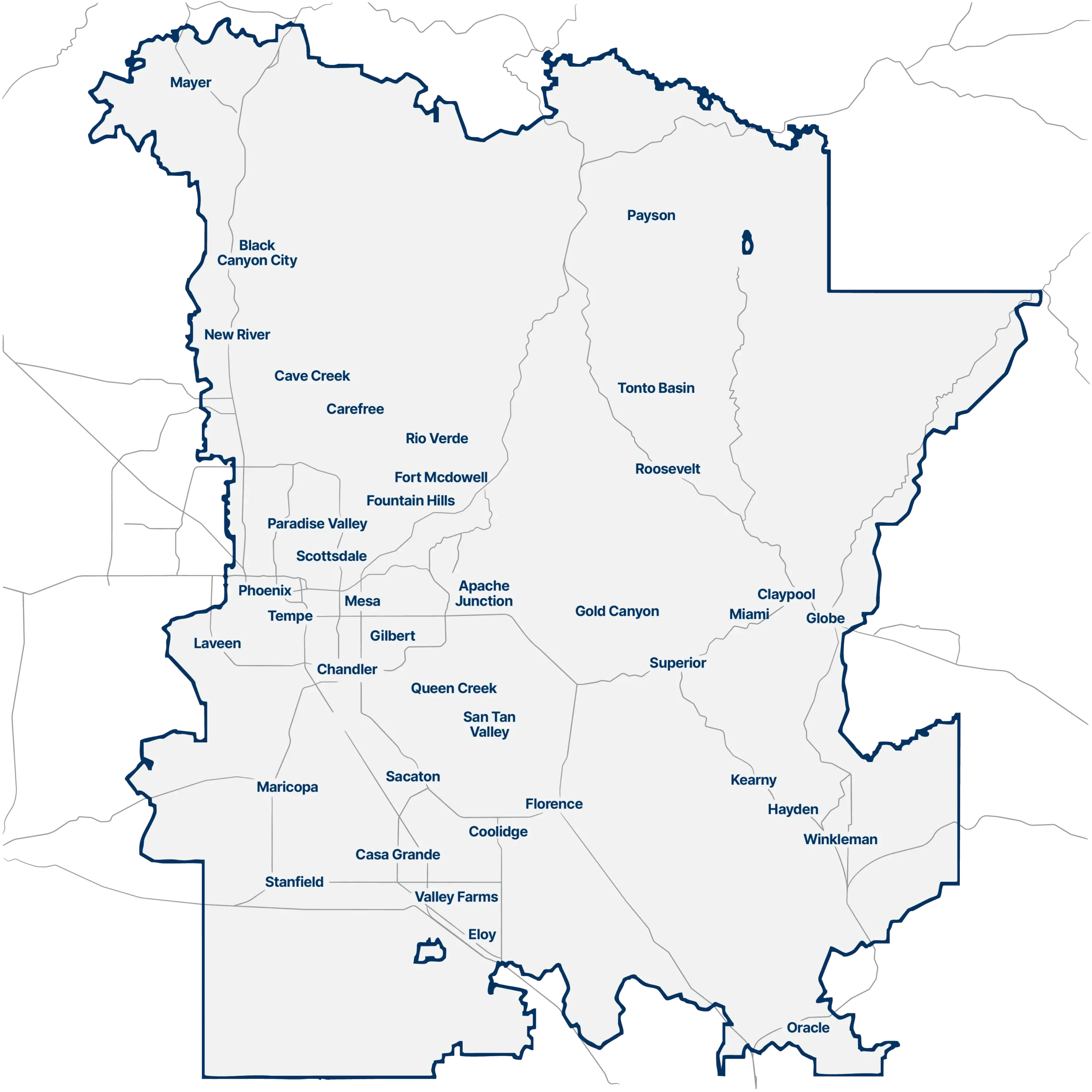
OUR SERVICE AREA
WE LOVE THE EAST VALLEY
We make the East Valley our home base, and proudly serve the cities and areas on this side of town, including:
